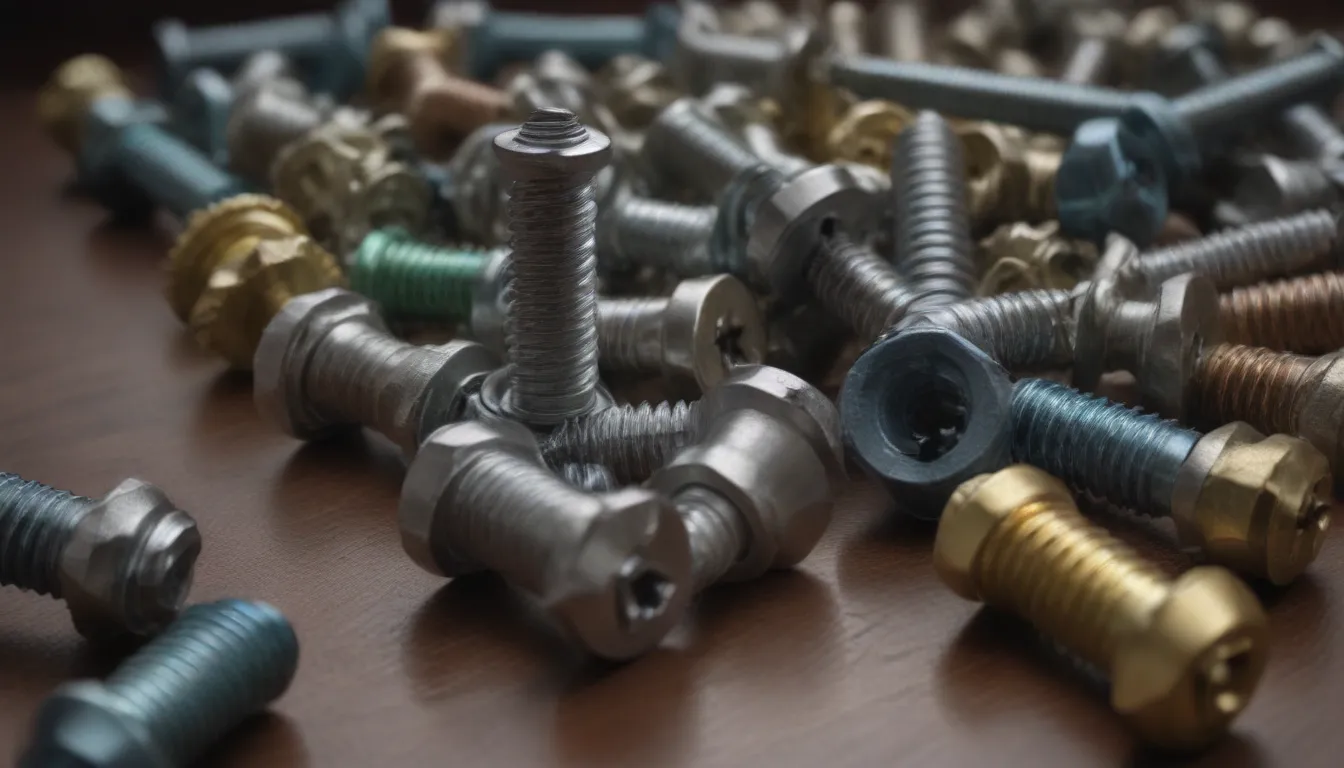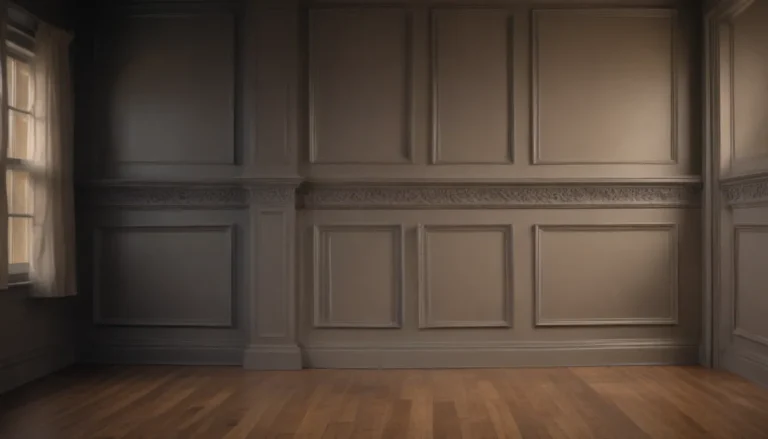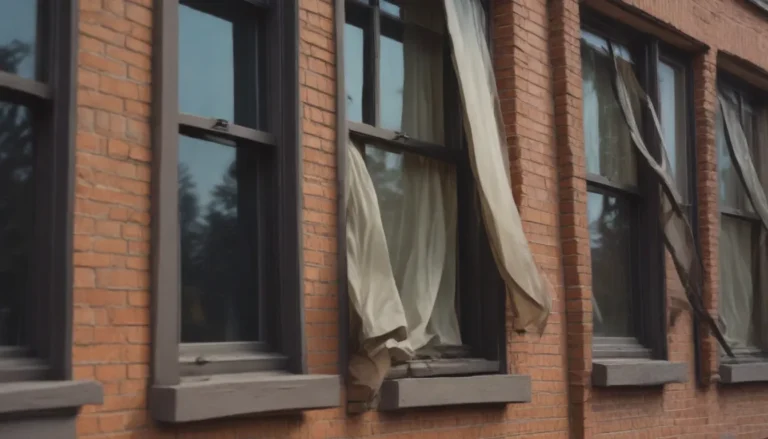A Comprehensive Guide to Different Types of Screws for Various Materials

Screws are an essential component of any DIY project or construction job. While they may seem simple, there are actually numerous types of screws designed for specific materials and purposes. From wood to metal to plastics, each type of screw is uniquely crafted to provide a secure hold and ensure the success of your project. Understanding the different types of screws available can help you choose the right one for your next undertaking.
Understanding Screws: An Overview
Before diving into the various types of screws available, it’s essential to understand the basic components of a screw:
- Head: The top portion of the screw where the screwdriver or driving tool is inserted.
- Threads: The ridges that spiral around the shaft of the screw, providing grip and stability.
- Shaft: The long, cylindrical body of the screw that penetrates the material.
- Tip: The pointed end of the screw that initiates the insertion into the material.
- Drive Type: The mechanism used to turn the screw, such as Phillips, flathead, hex, etc.
Screws can be used in a wide range of materials, including wood, metal, plastic, and more. Each type of screw is specifically designed to work best with a particular material, ensuring a secure and durable hold.
Different Types of Screws and Their Uses
Let’s explore 13 common types of screws and their intended purposes:
1. Masonry Screws
Best for: Attaching wood or metal to concrete or similar masonry materials.
Masonry screws are designed for use with materials like brick, mortar joints, or concrete. They are commonly used outdoors to secure objects to brick exteriors or attach wooden floor plates to concrete foundations. These screws require a pilot hole to be drilled with a hammer drill and masonry bit before insertion. Choose between a flat head to countersink the screw or a hex washer head for a flush finish.
2. Wood Screws
Best for: Joining two or more pieces of wood together, like wall studs, molding, or furniture.
Wood screws are a staple for DIY projects involving wood. They come in various sizes and drive types and have sharp tips for easy penetration into wooden surfaces. Unlike other screws, wood screws do not require a pilot hole and are best used exclusively with wood.
3. Drywall Screws
Best for: Attaching drywall panels to wall studs.
Drywall screws have coarse threads suitable for securing drywall to wooden studs or beams. They are commonly used in basement finishing or room construction projects. These screws have flat heads that can be countersunk below the surface of the drywall for easy concealing with joint compound.
4. Decking Screws
Best for: Attaching deck boards to deck joists.
Designed for deck construction, decking screws have flat heads that can be countersunk below the surface of deck boards. They are typically made of stainless steel or non-corrosive materials to withstand outdoor elements. Choose from various sizes and drive types to suit your deck project.
5. MDF Screws
Best for: Self-drilling insertion in medium-density fiberboard (MDF).
Made for use with MDF, these screws have special threads and tips that act like a drill bit to penetrate the tough MDF surface. They are ideal for interior trim, furniture, and other construction projects that involve MDF wood.
6. Sheet Metal Screws
Best for: Securing various materials to sheet metal.
Sheet metal screws are designed to fasten wood, plastic, or other materials to sheet metal surfaces. They have sharp tips and fine threads for superior grip. Choose from different head styles and materials based on your project requirements.
7. Self-Tapping Screws
Best for: Creating internal threads while being installed.
Self-tapping screws are used to cut or tap internal threads when driven into the target material. They are available in various thread designs for different applications. Self-drilling screws, a type of self-tapping screw, feature a drill bit tip for easy installation without a pilot hole.
8. Double-Ended Screws
Best for: Joining together two pieces of wood with pre-drilled holes.
Double-ended screws do not have a head and are used to fasten pieces of wood together. They are common in furniture making and require pre-drilled pilot holes for installation. These screws are not intended to be removed once installed.
9. Mirror Screws
Best for: Mounting mirrors without additional brackets.
Mirror screws are designed for securing mirrors to walls, featuring tapered rubber grommets to protect the mirror surface. They have a slotted, countersunk head with a threaded hole for a cover cap, providing a sleek finish. These stainless steel screws are ideal for use in bathrooms and kitchens.
10. Security Screws
Best for: Providing a mild deterrent to screw removal and tampering.
Security screws have unique heads that make them difficult to remove without the right tools. They are suitable for public locations prone to vandalism and theft. While they provide added security, they can be removed with the appropriate tools.
11. Hammer-Drive Screws
Best for: Securing signs, nameplates, or similar objects.
Hammer-drive screws require a hammer or mallet for installation. They have thick, rounded heads and durable shafts with multiple start threads for a secure hold. These screws are ideal for quick installation, but they are not intended for removal.
12. Machine Screws
Best for: Fastening various parts of a machine or device together.
Machine screws are used in machinery, electronics, appliances, and manufacturing equipment. They come in various sizes and drive types, ranging from tiny machine screws for laptops to large machine screws for automotive and industrial applications.
13. Pocket Hole Screws
Best for: Drawing two boards together or securing parts of wooden furniture together.
Pocket hole screws are specifically designed for wooden furniture assembly. They have self-drilling tips, self-tapping threads, and broad washer heads to prevent overdriving into soft wood. The square recess on the screw heads improves grip for secure joinery.
Choosing the Right Screw for Your Project
With such a wide variety of screws available, it can be overwhelming to select the right one for your project. Here are some factors to consider when choosing screws:
- Material: Determine the material you are working with (wood, metal, plastic) to select the appropriate screw type.
- Purpose: Consider the intended use of the screws and the load they will bear.
- Head Type: Choose the right head type (flat, round, hex) for your project requirements.
- Length: Ensure the screw length is suitable for the thickness of the materials being joined.
- Drive Type: Select the appropriate drive type (Phillips, flathead, hex) for easy installation.
By considering these factors, you can ensure a safe and successful outcome for your DIY projects.
In conclusion, screws are essential tools for any DIY enthusiast or construction professional. Understanding the different types of screws available and their intended uses can help you choose the right fastener for your project. Whether you are working with wood, metal, plastic, or other materials, there is a specific screw designed to provide a secure hold and ensure the longevity of your constructions. Next time you embark on a DIY endeavor, be sure to select the appropriate screw for the job to achieve optimal results.





